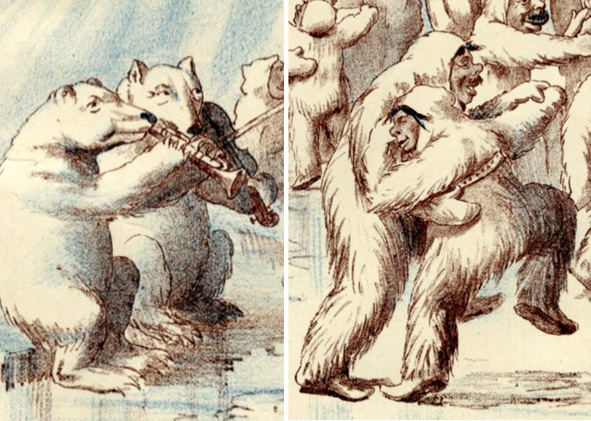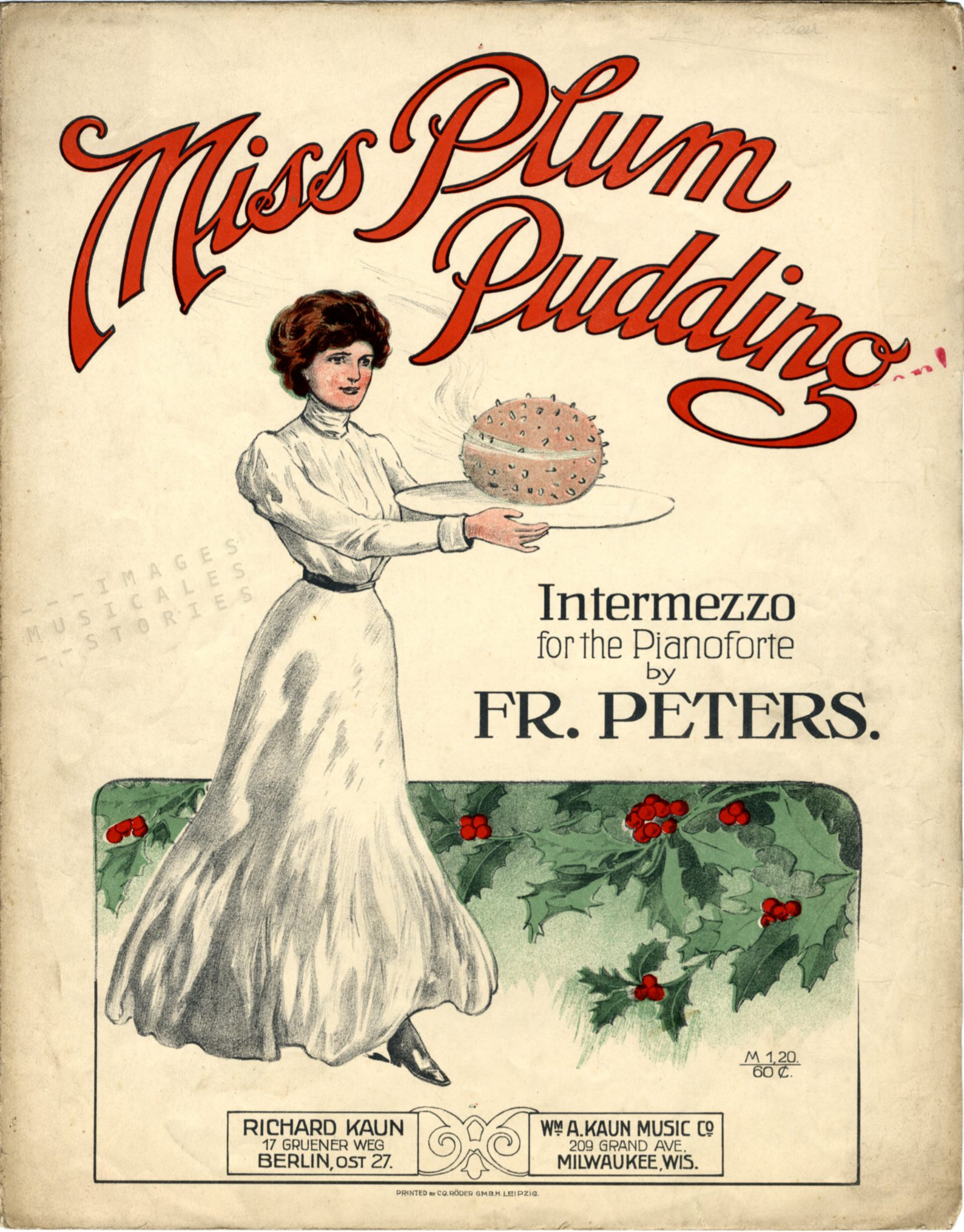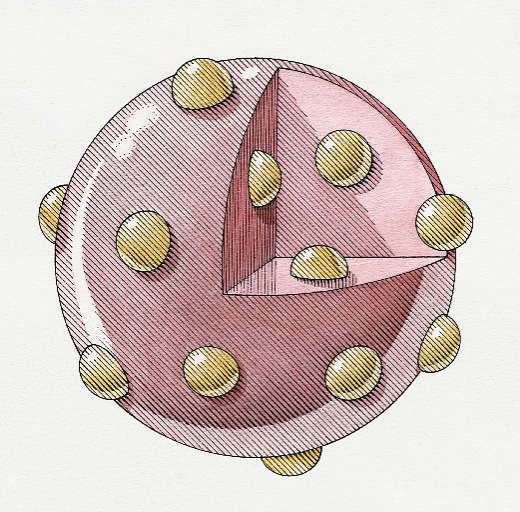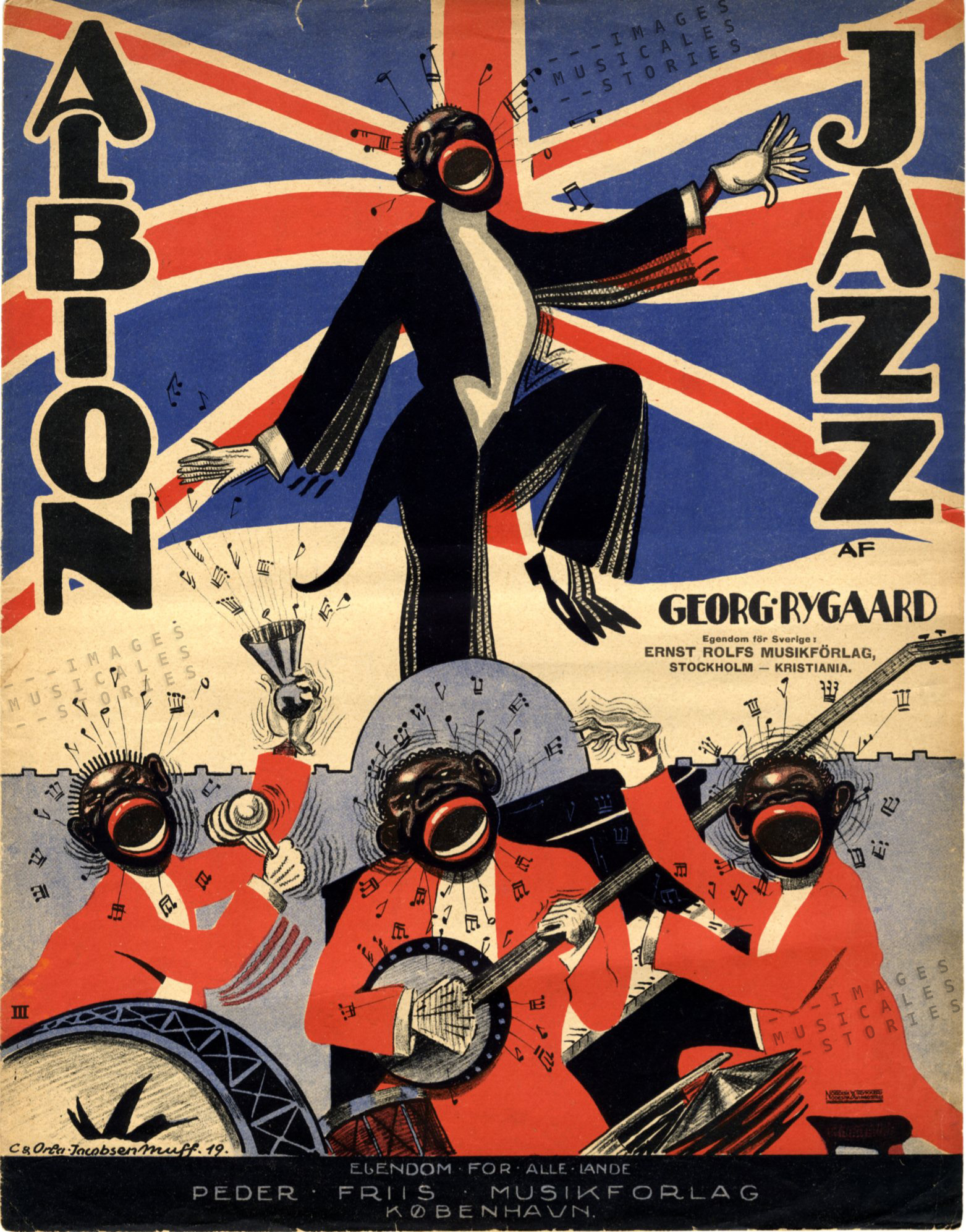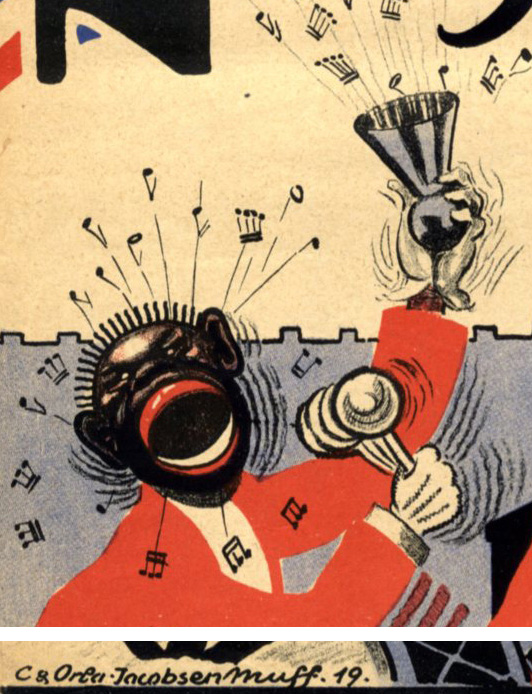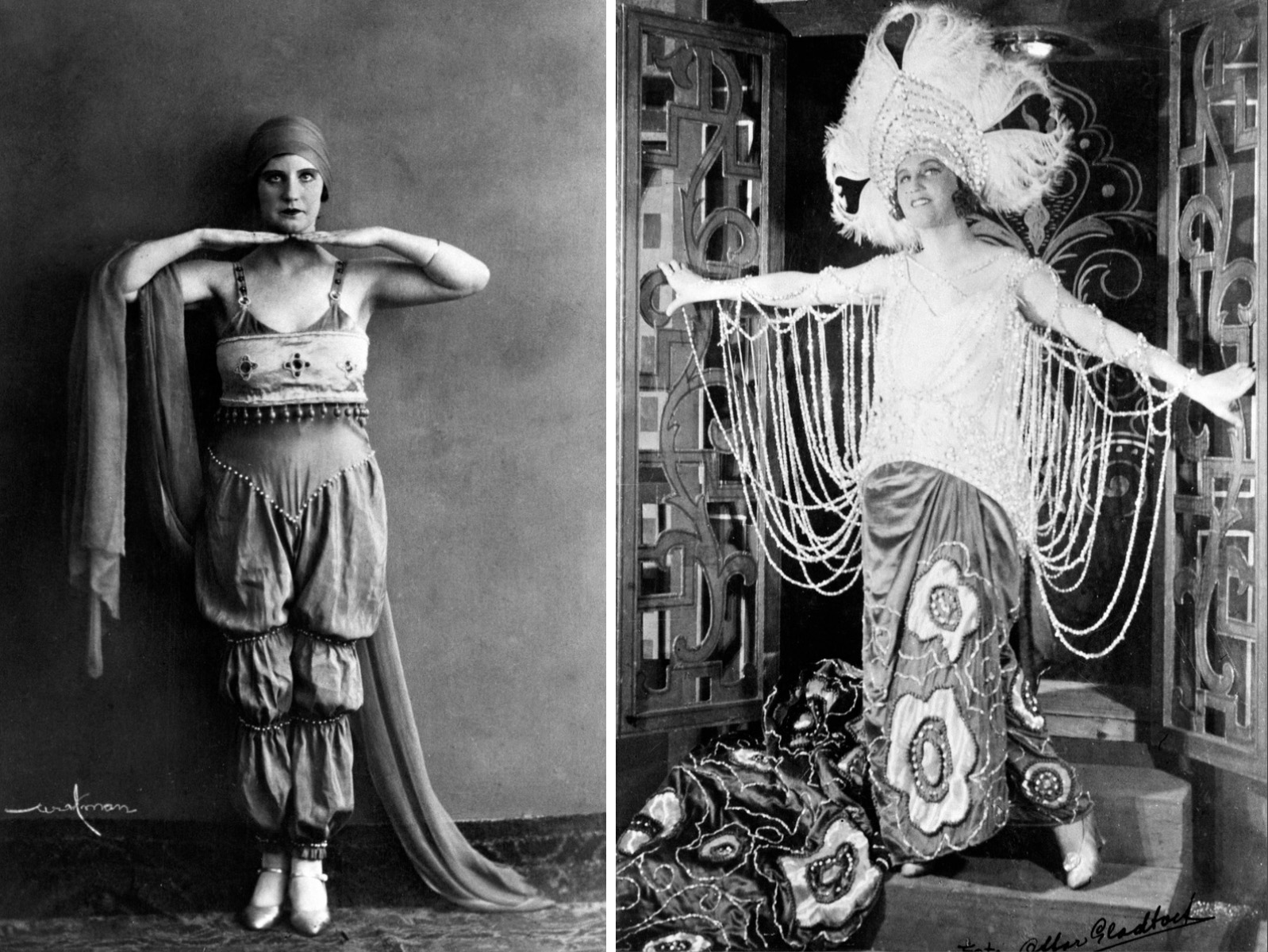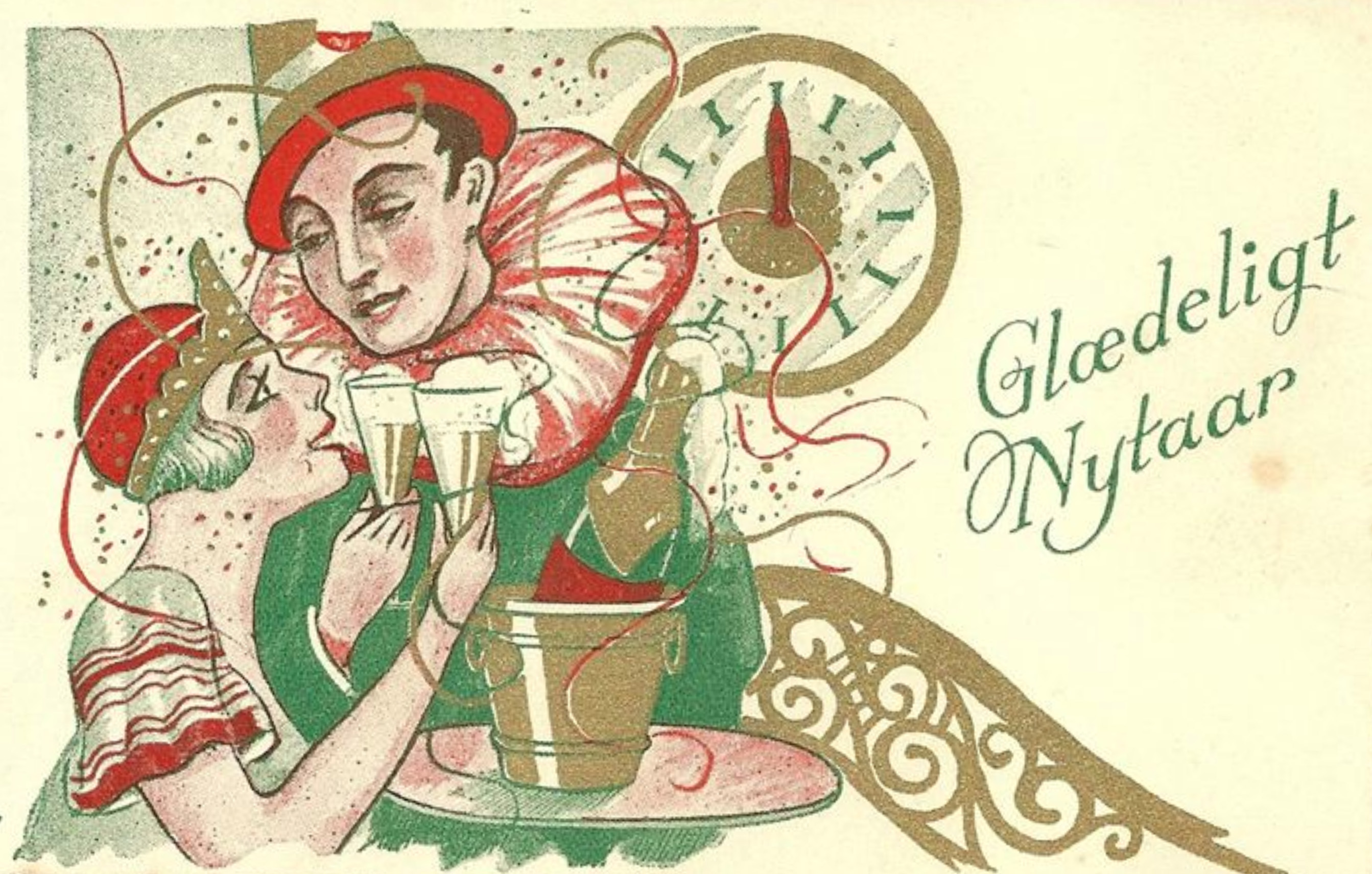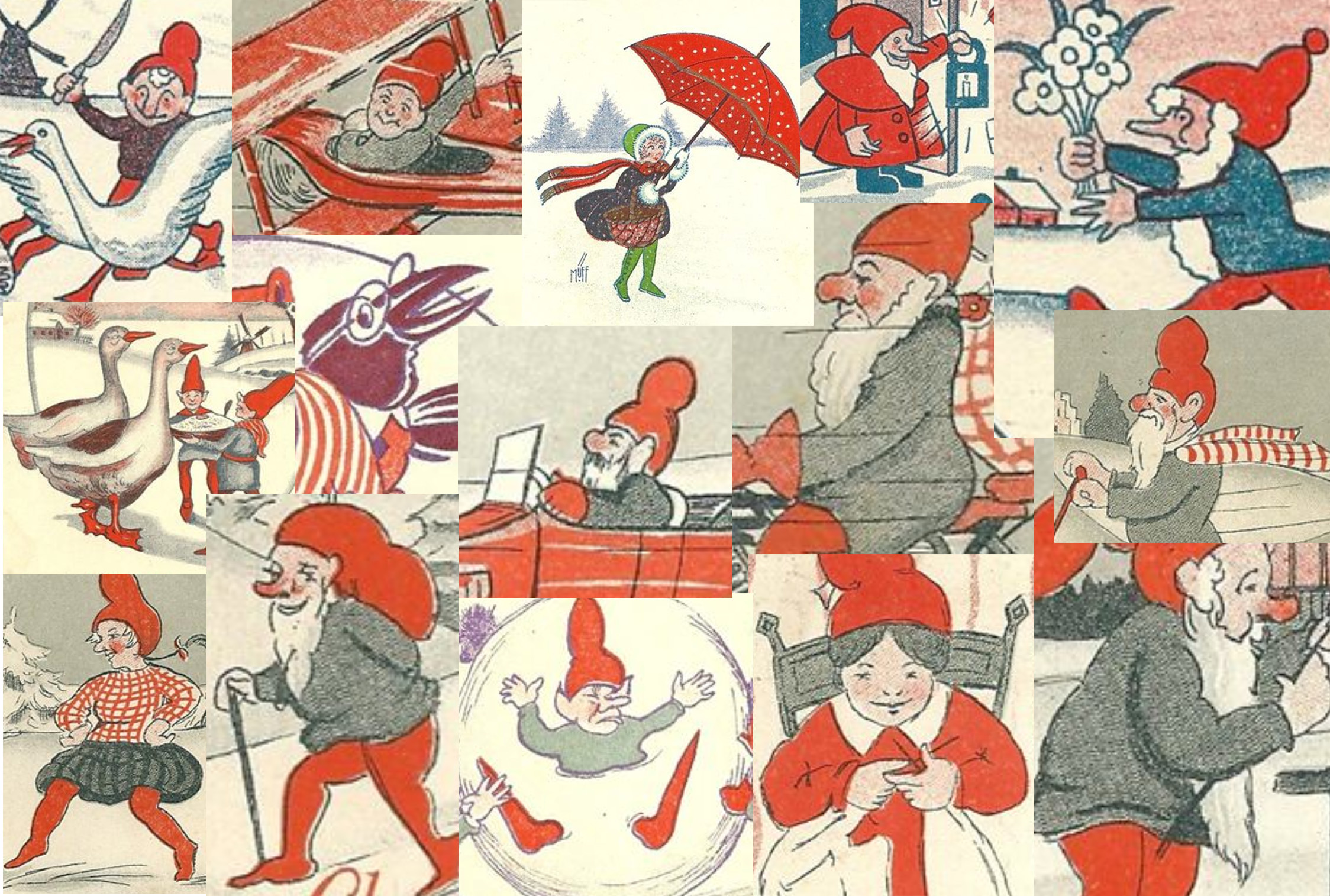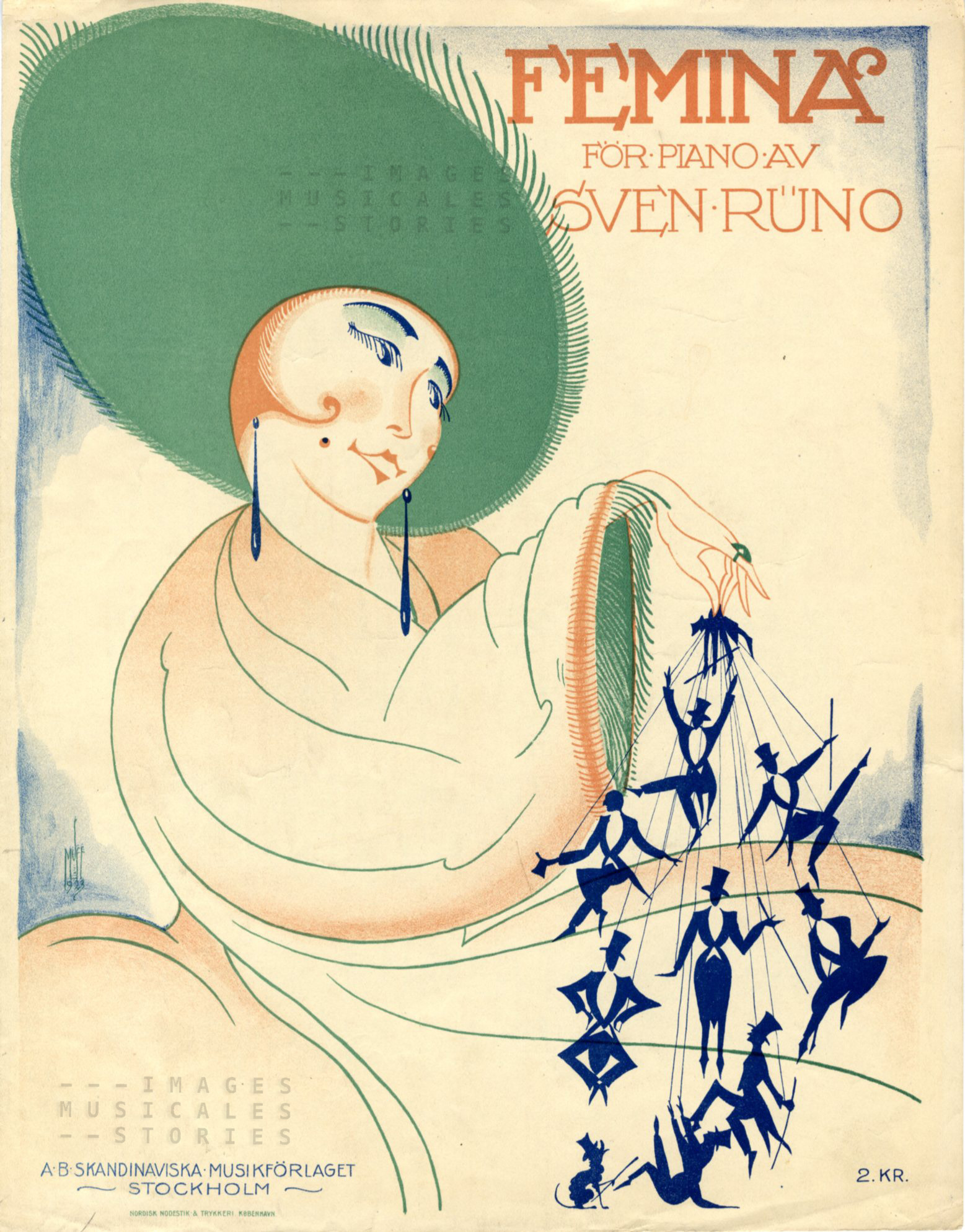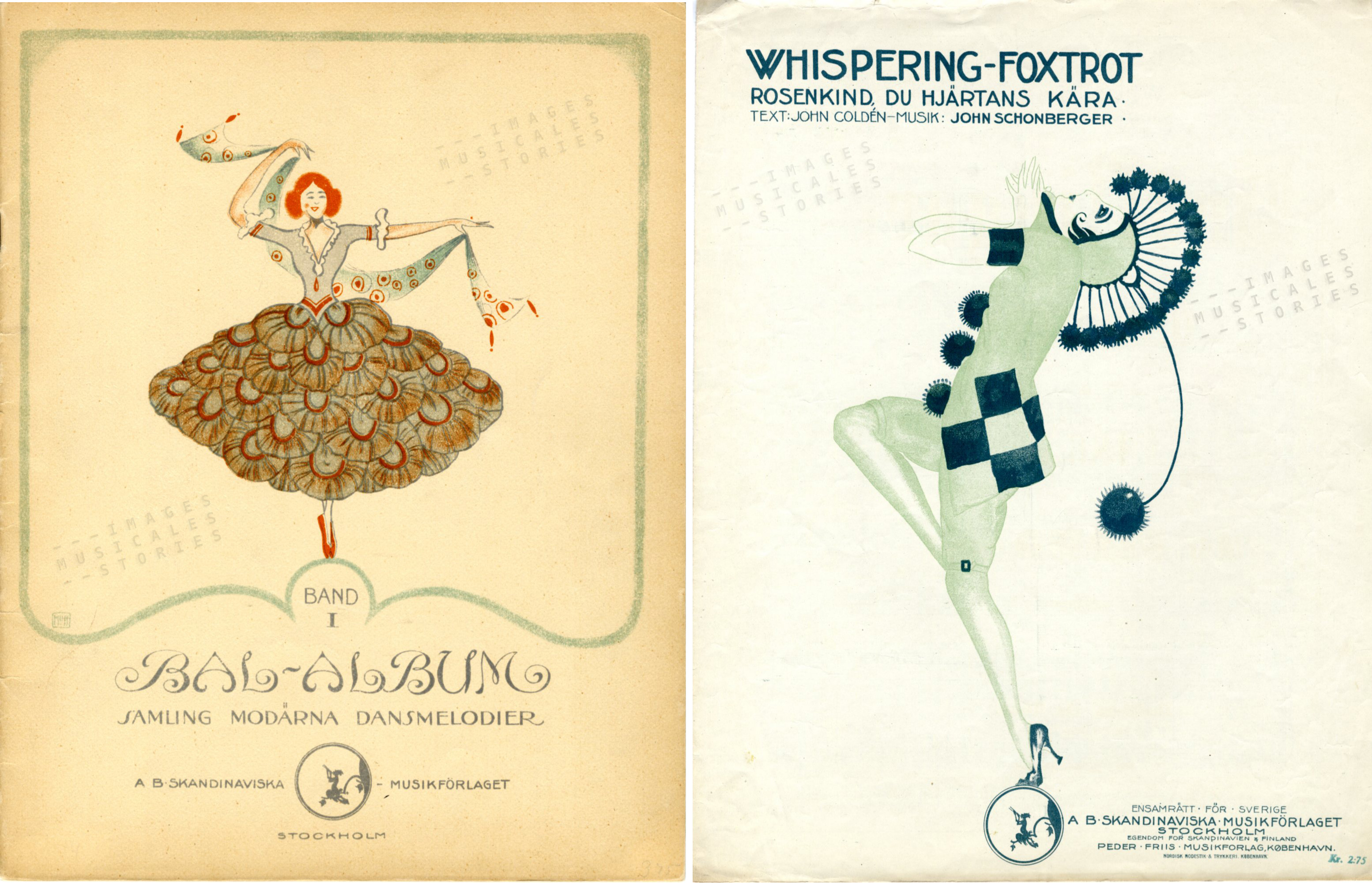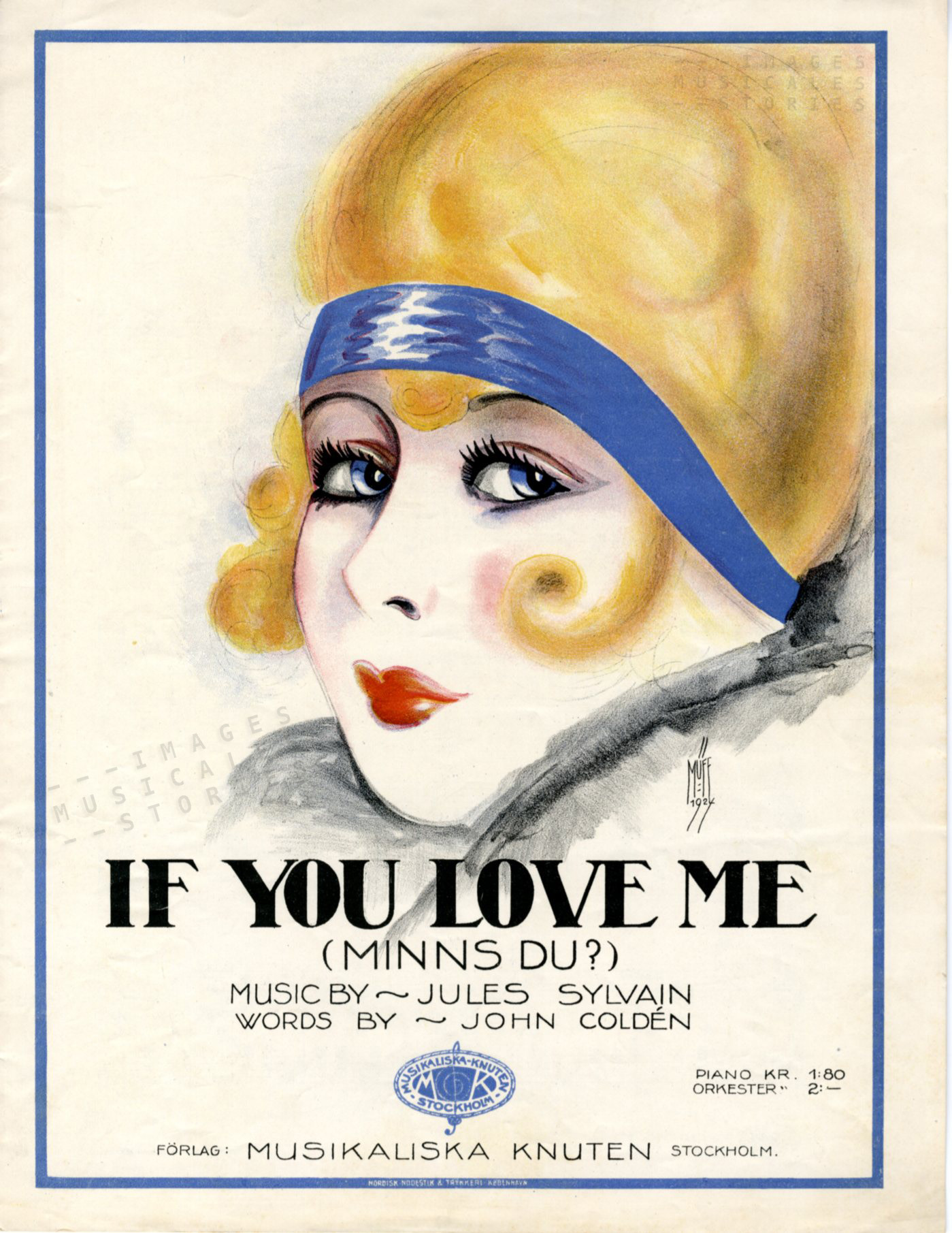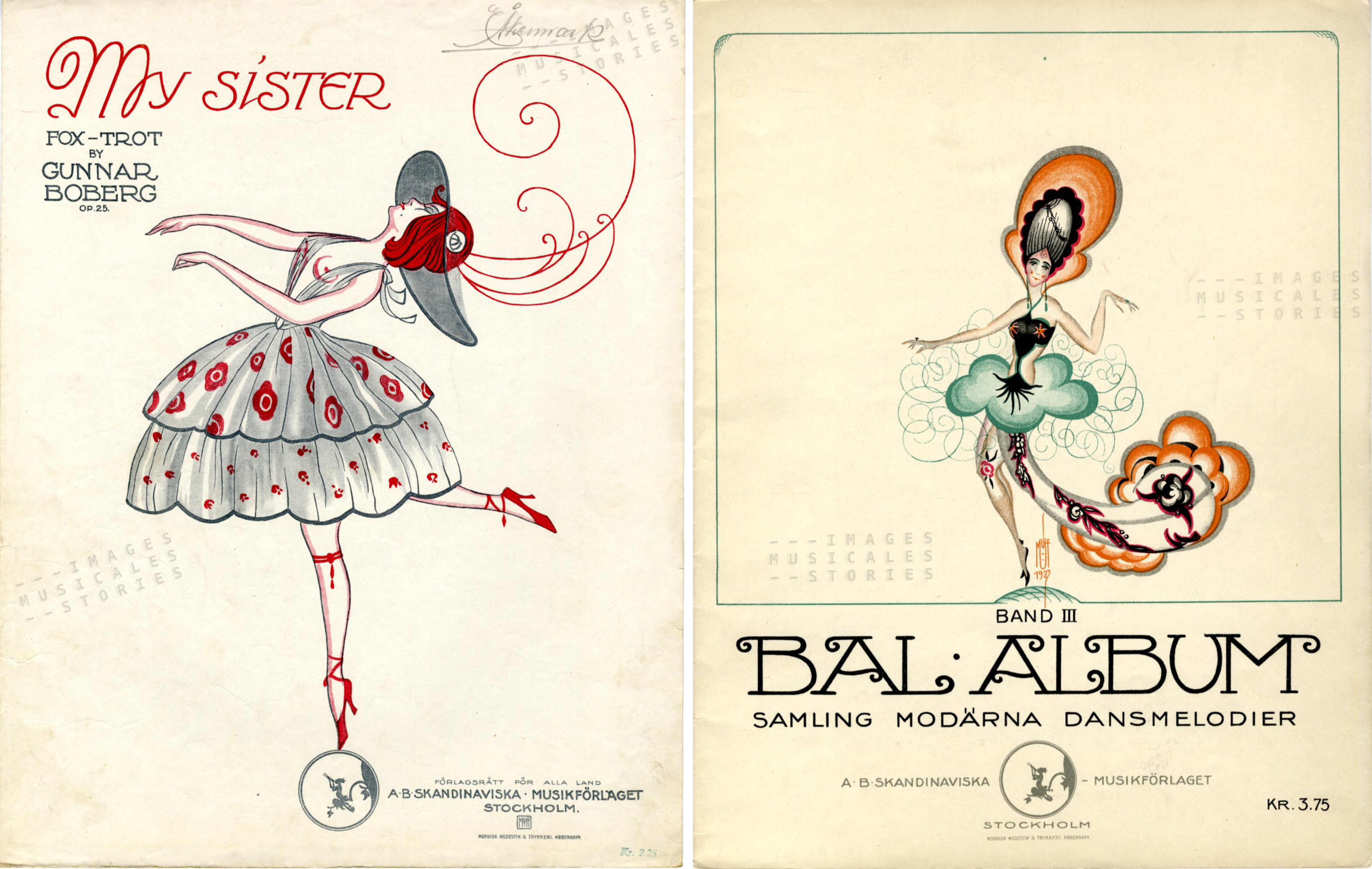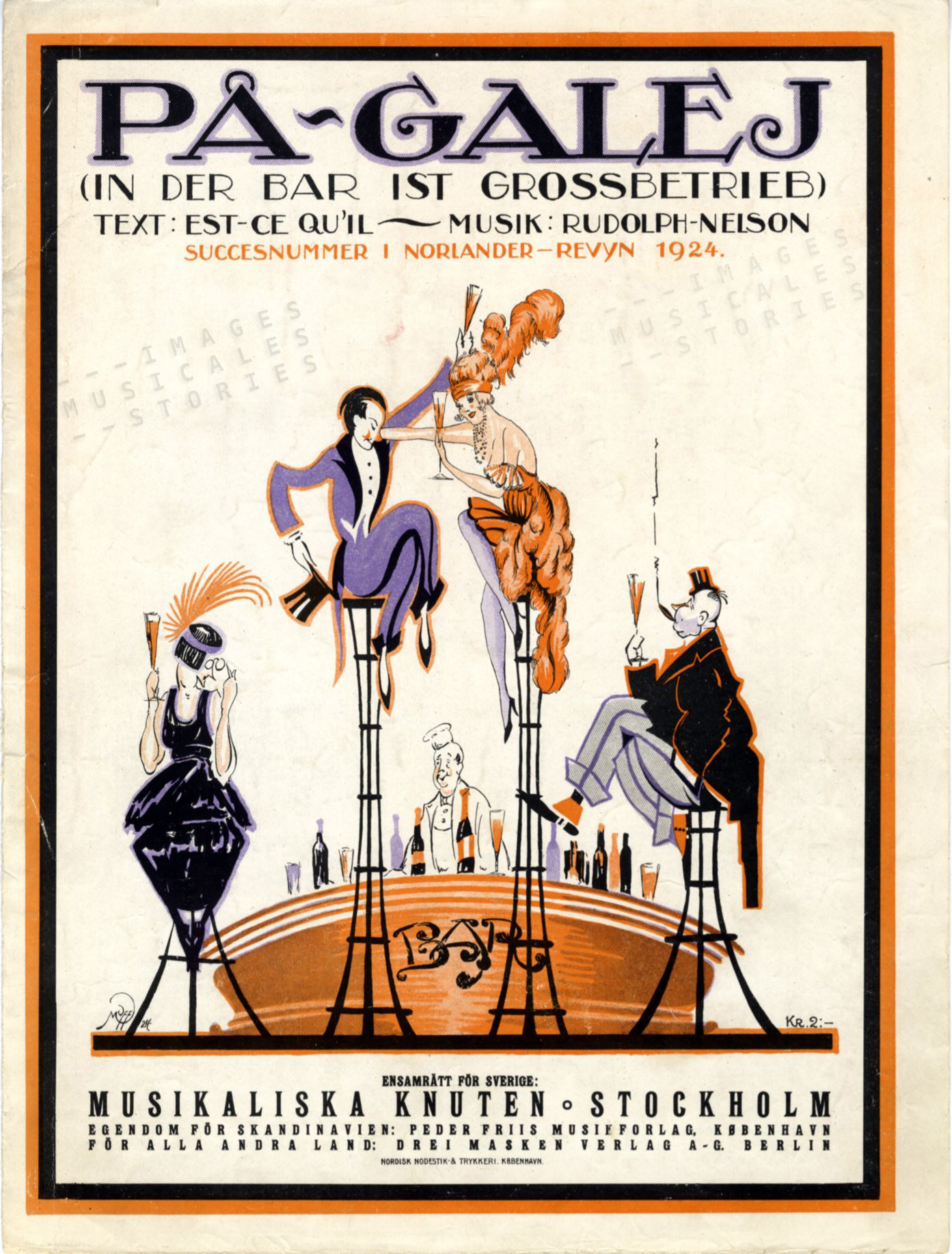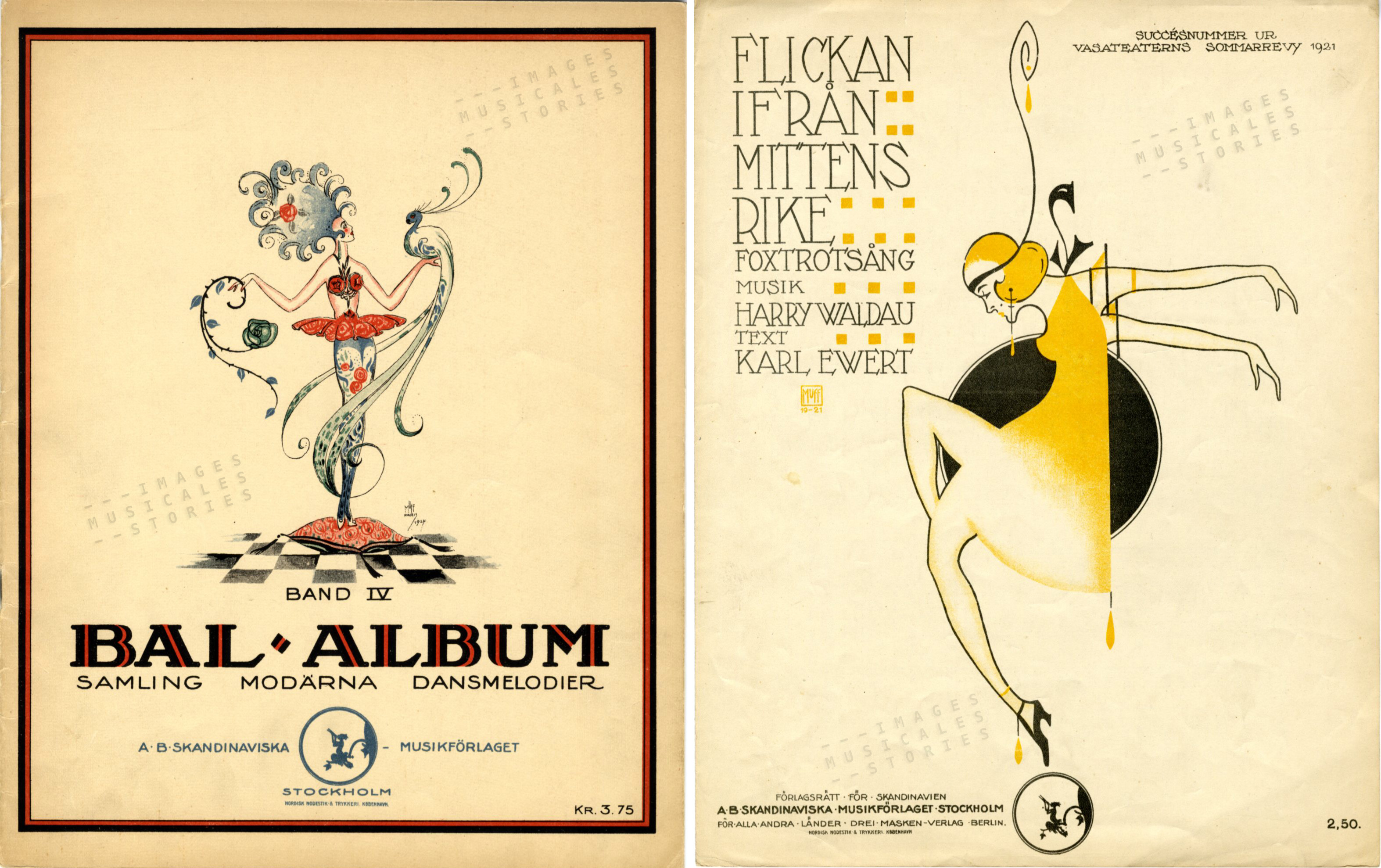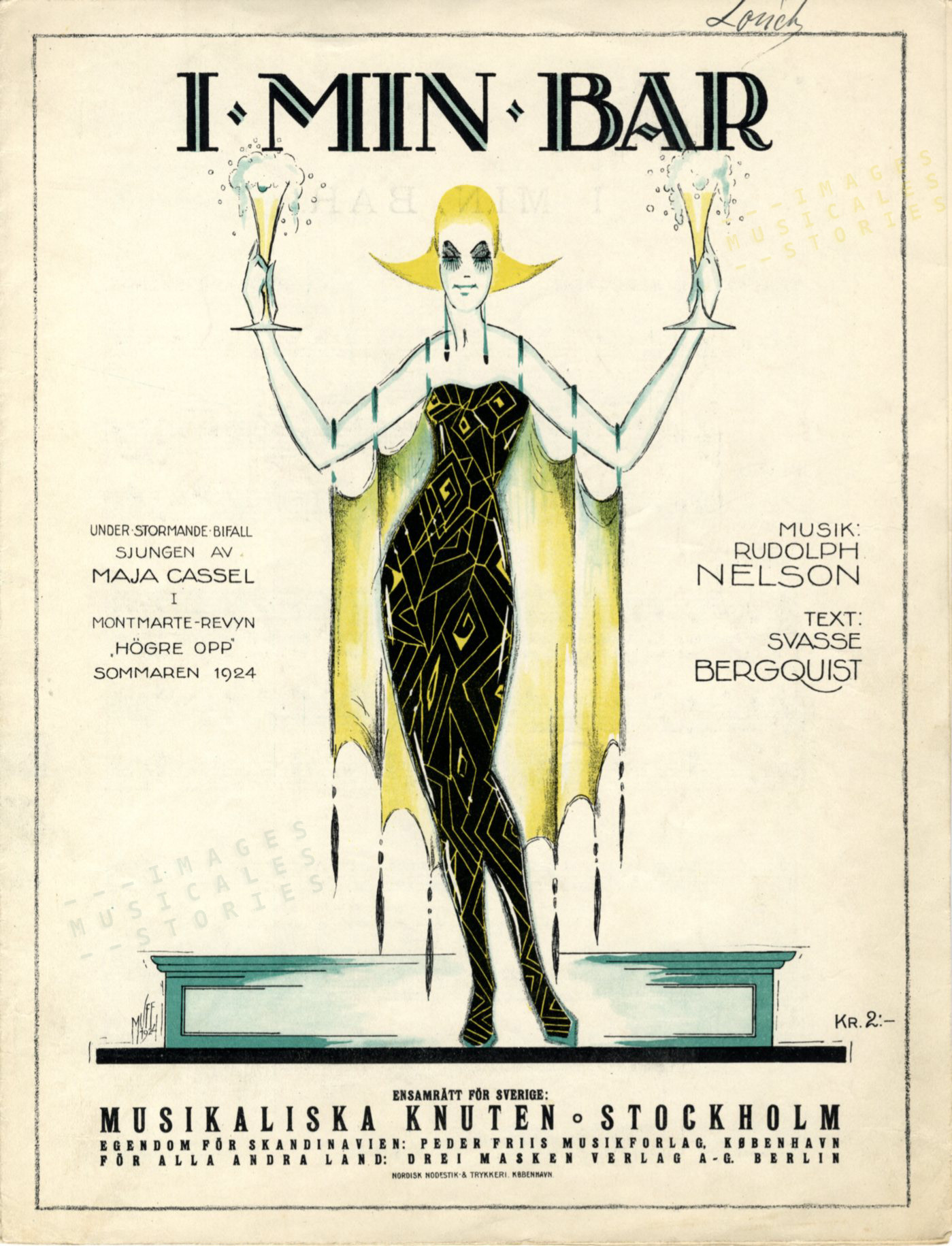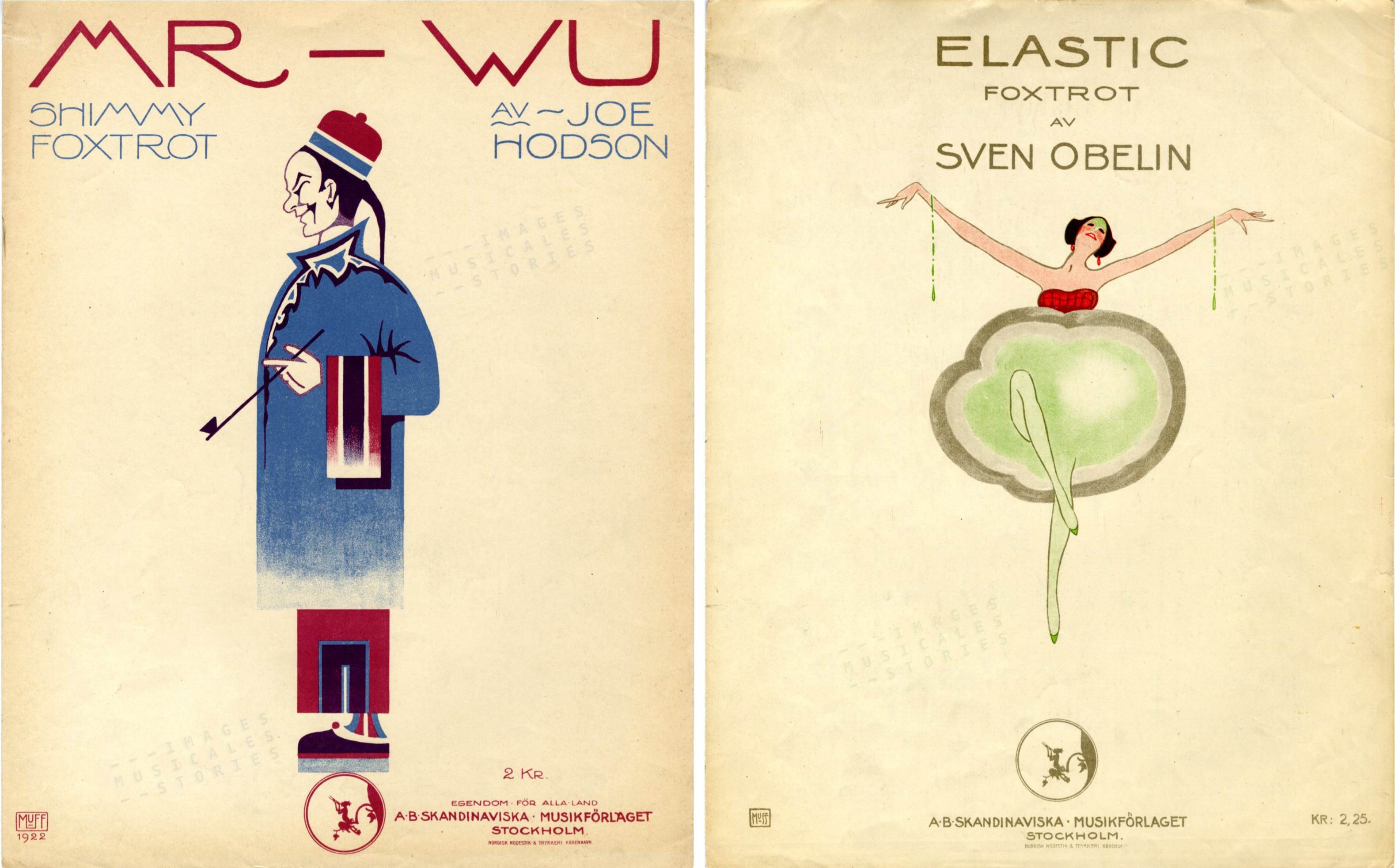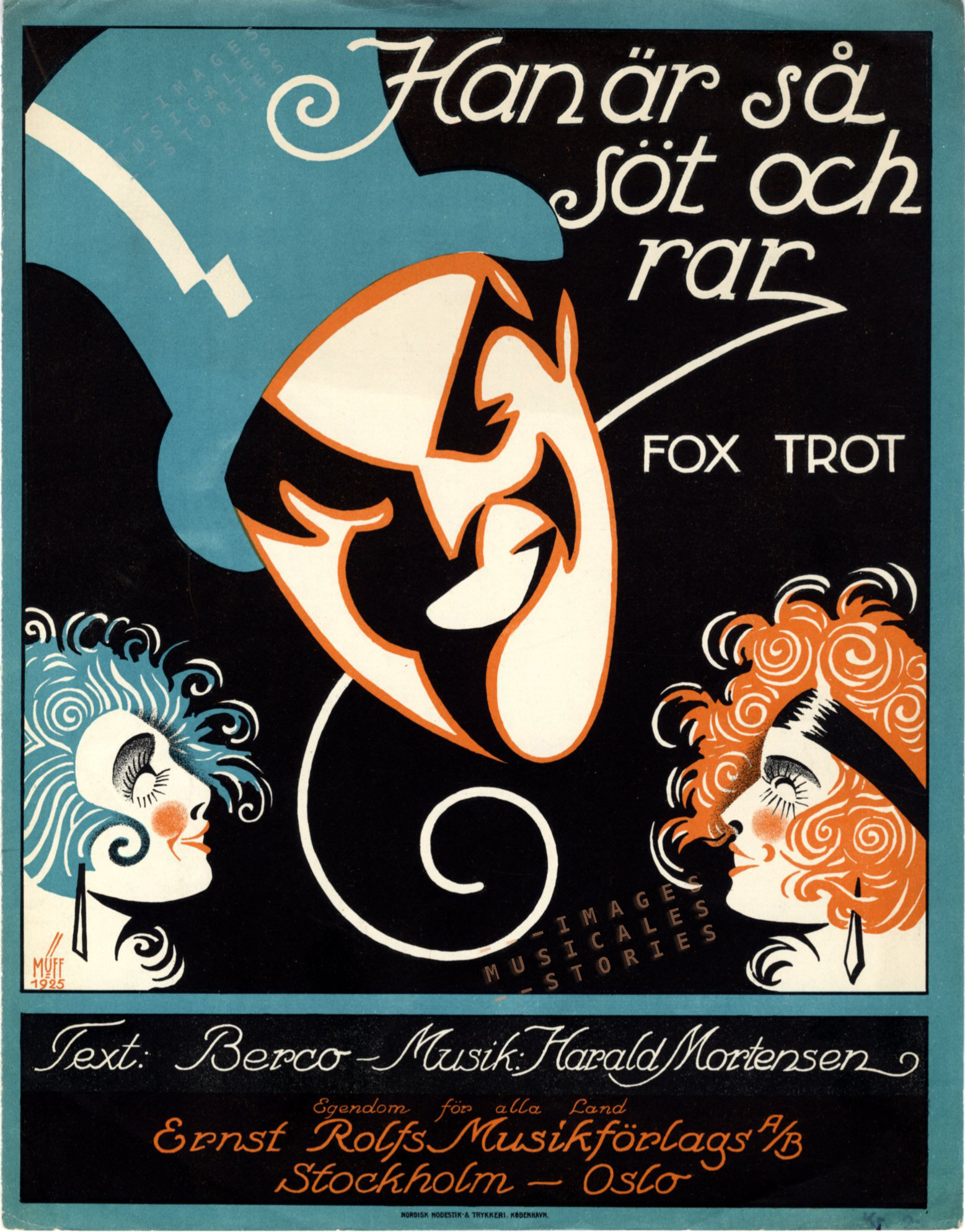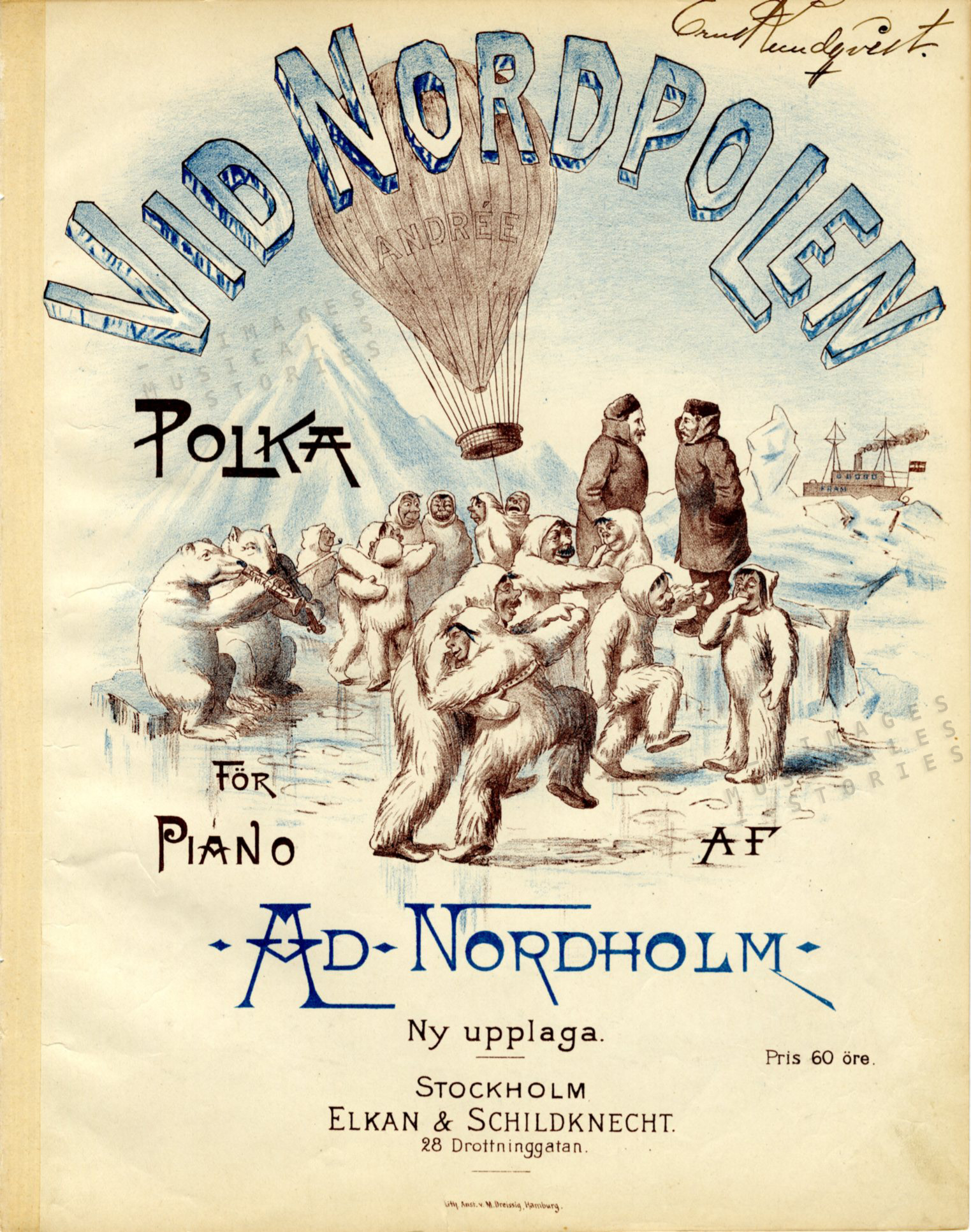
A Swedish sheet music cover shows a scene in joyous anticipation of Salomon Andrée’s balloon expedition to reach the North Pole. The starting point of the Arctic exploration was Svalbard, formerly known as Spitsbergen.
Happy Inuit, who were in fact not living in Svalbard at all, are dancing to the accompaniment of a small polar-bear orchestra to celebrate the departure of the adventurers. This merriment took place at the end of the 19th century when exploration was closely knitted with heroism, nationalism and scientific progress.

To float over the North Pole, the Swedish engineer Salomon Andrée had invented a technique of guide ropes and sails for steering a balloon. However this approach had never proven to work: the heavy ropes got tangled with each other, got stuck on the ground or simply fell off.
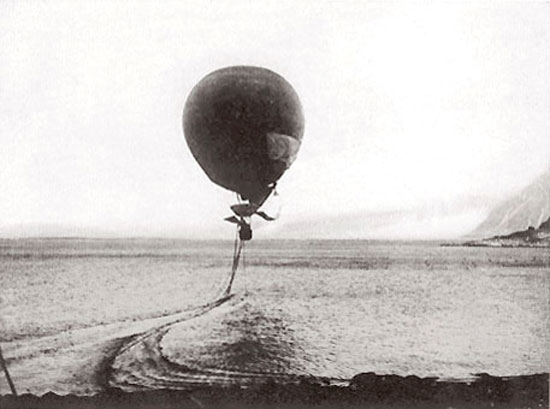
Instead of using reliable Inuit equipment, Andrée took on his mission a canvas boat and sledges of his own design that he hadn’t yet tested. Besides he, nor his team, had any experience in surviving extreme weather conditions. Moreover Andrée discarded the fact that the balloon ordered in Paris was leaking too much hydrogen. All this should have been more than enough to cancel the expedition. But the Arctic was the world’s last mysterious destination and Andrée may have been dragged into this adventure by machismo or hubris.
Or was he perhaps unable to draw back? At that time, Sweden was driven by the international competition to reach the North Pole first, especially after 1896, when the Norwegian Fridtjof Nansen had reached a record northern latitude. Andrée’s innovative idea to reach the North Pole in a hydrogen-filled balloon was backed by Alfred Nobel and the Swedish King. The story of his science-fiction-like plan was extensively covered by the (international) press. As was the cancelling of an earlier attempt in 1896 due to bad weather conditions after which Andrée experienced a lot of rebuffs.

So by his second try in 1897, the strong-headed Andrée could not risk further reputation damage and had to sail polewards no matter what. Sadly he took with him two young men: the student and photographer Nils Strindberg (nephew of the playwright) and the engineer Knut Fraenkel.
‘An immense hurrah, four times repeated, was volleyed from every panting breast. Hats and handkerchiefs were waved frantically.’ And off they went in their balloon, the Eagle, together with 36 carrier pigeons who were supposed to take messages back to Svalbard. Only one message was ever received and after that… silence. A silence that would last for more than thirty years.

It was in 1930 that seal hunters found the remains of the three explorers, together with their journals and camera film. This made it possible to reconstruct their terrible ordeal.
Right from the start the guiding ropes got tangled and they had to be cut off. The balloon became unsteerable. Soon they were immersed in a fog that froze on the silk of the balloon.

After bumping over the ice for four days and throwing out a lot of ballast they finally crashed a mere 460 km from their starting point. They decided to set up camp there during a week in preparation for their journey on foot, back south.

They survived on bear meat, algae soup, some of the tins they had not thrown overboard and a daily dose of opium.
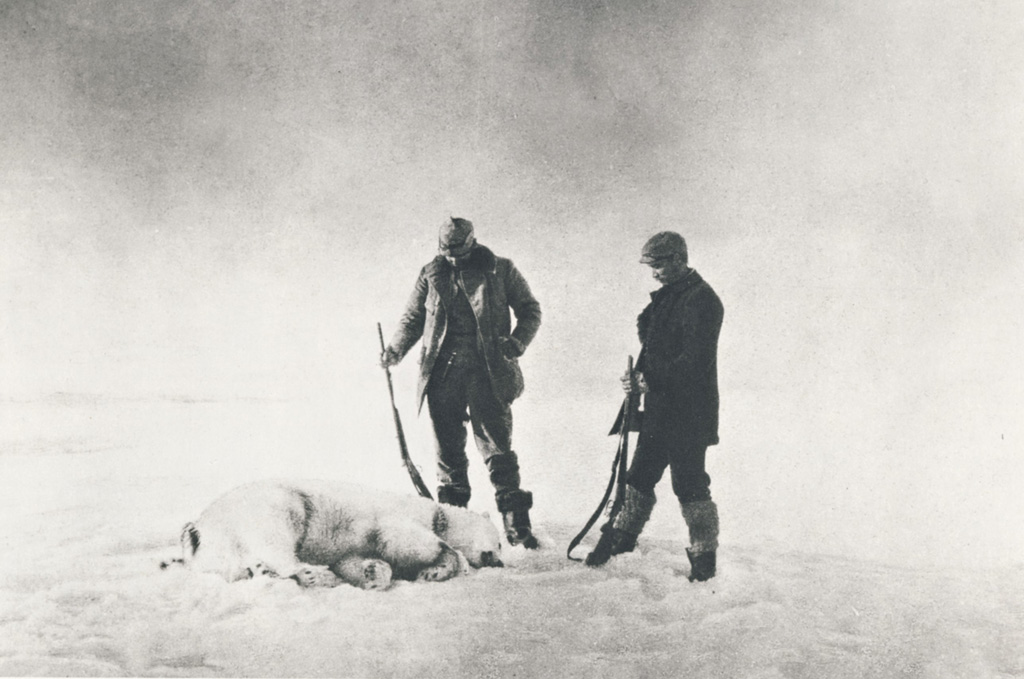
They struggled with bad feet, diarrhea, a poor diet, a constant threat of the bears and bad weather. At last they reached an island (Kvitøya) and set up a ramshackle camp there: they must have been despaired and in great fatigue. Soon after arriving Fraenkel died, followed a few days later by his two fellow explorers.

The tragic story of their failure has been the source of inspiration for books, films, music and art. Enjoy the fragment from Flight of the Eagle with Max von Sydow as Salomon Andrée

